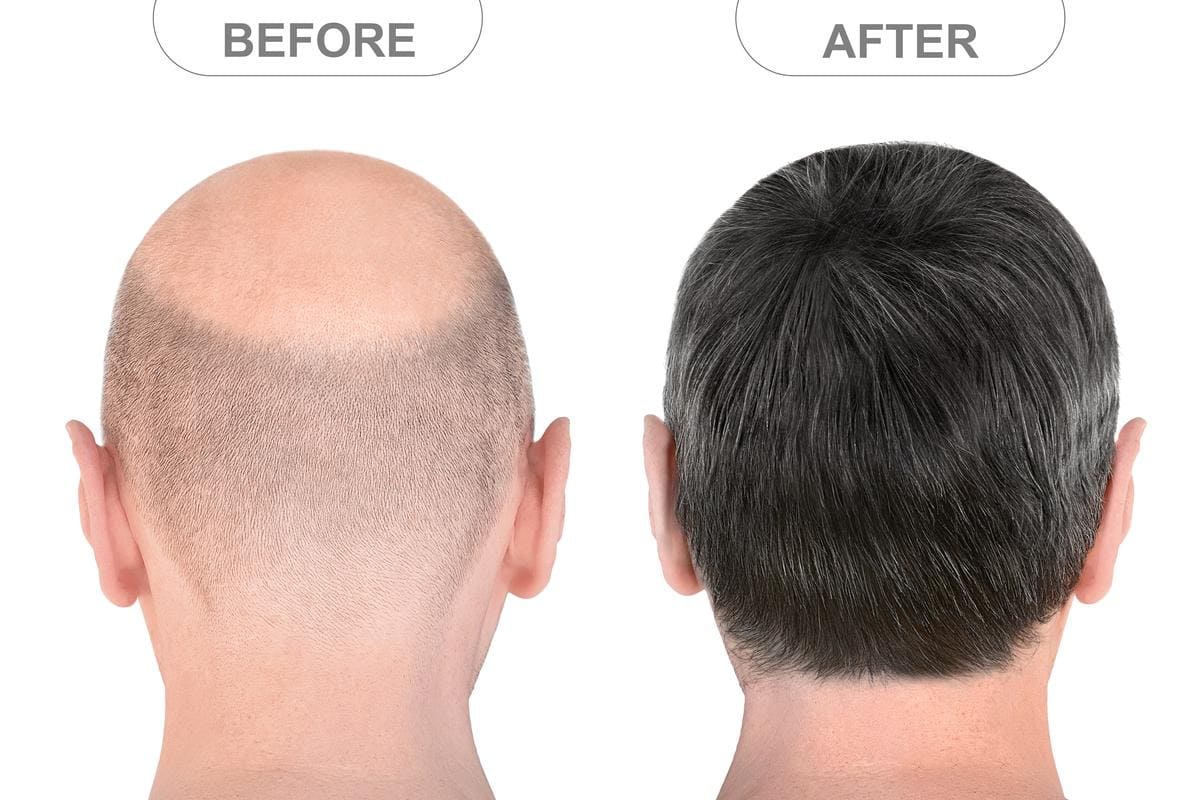Hair Transplant Clinic Near Rajajinagar

Contact : +919900102030
A hair transplant is a surgical procedure designed to address hair loss by relocating hair follicles from one part of the body (the donor site) to another area where hair is thinning or missing (the recipient site). This method has gained popularity as an effective solution for treating male and female pattern baldness, trauma-induced hair loss, and other conditions causing hair loss.
How Hair Transplants Work
Hair transplants generally involve two primary techniques: Follicular Unit Transplantation (FUT) and Follicular Unit Extraction (FUE).
-
Follicular Unit Transplantation (FUT):
- Procedure: In FUT, a strip of skin containing hair follicles is surgically removed from the donor area, typically the back of the scalp where hair growth is robust. The strip is then dissected into individual follicular units under a microscope.
- Transplantation: These follicular units are then transplanted into small incisions made in the recipient area. This method allows for a large number of grafts to be transplanted in one session.
- Recovery: The donor area is stitched, leaving a linear scar that can be covered with surrounding hair. Recovery time can be longer compared to FUE, and there may be some post-surgical discomfort and a longer healing period.
-
Follicular Unit Extraction (FUE):
- Procedure: In FUE, individual hair follicles are extracted directly from the donor site using a specialized punch tool. This technique does not require a large incision or stitches.
- Transplantation: The extracted follicles are then transplanted into the recipient area. This method is less invasive and leaves minimal scarring compared to FUT.
- Recovery: The recovery time is typically shorter, and there is less post-surgical discomfort. FUE is ideal for patients who prefer not to have a visible scar or those who require a smaller number of grafts.
Pre-Procedure Considerations
Before undergoing a hair transplant, a consultation with a qualified hair restoration specialist is essential. The specialist will assess the patient's hair loss pattern, overall health, and expectations. Factors such as the density of donor hair, the quality of the existing hair, and the desired outcome will be considered to determine the most suitable approach.
Post-Procedure Care
After the procedure, patients may experience some swelling, redness, and minor discomfort in both the donor and recipient areas. Medications, including pain relievers and antibiotics, may be prescribed to manage these symptoms and prevent infection. Patients are typically advised to avoid strenuous activities and to follow specific aftercare instructions to ensure optimal healing and hair growth.
Results and Expectations
Hair transplant results can take several months to become fully visible. Initially, transplanted hair may shed before new hair begins to grow, which is a normal part of the process. Over the following months, new hair will gradually emerge and begin to blend with existing hair, creating a natural-looking result. Full results are generally seen within 12 to 18 months.
Risks and Considerations
While hair transplants are generally safe, potential risks include infection, scarring, and unnatural-looking hair growth if not performed by an experienced specialist. It’s also important for patients to have realistic expectations, as hair transplants can significantly improve hair density and appearance but may not achieve a full restoration.
Conclusion
Hair transplants offer a promising solution for individuals experiencing hair loss, providing a more permanent and natural-looking outcome compared to other treatments. By carefully choosing a skilled surgeon and adhering to pre- and post-procedure guidelines, patients can achieve satisfying results and regain their confidence.
